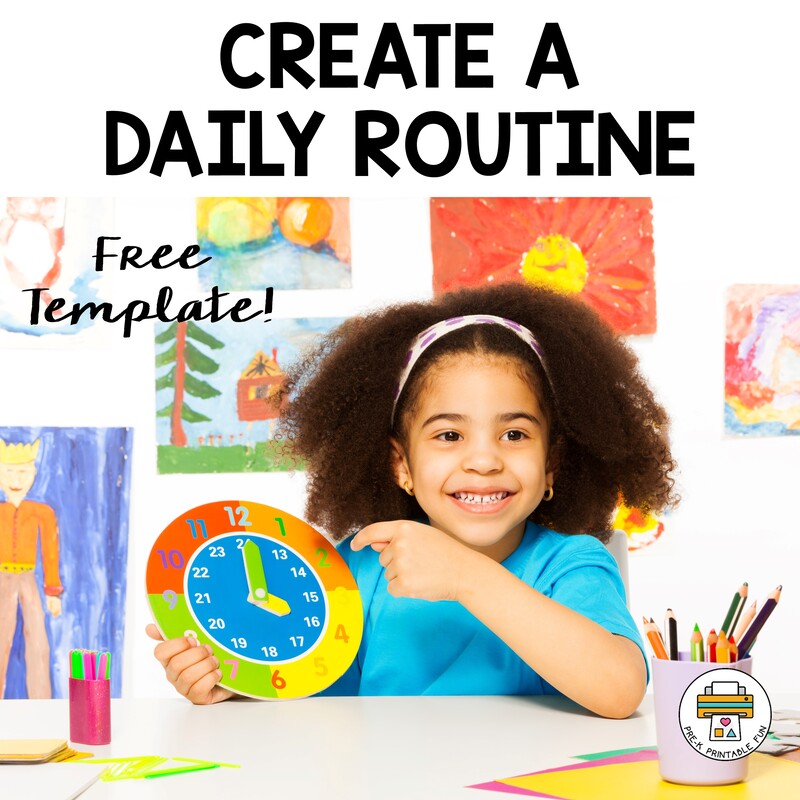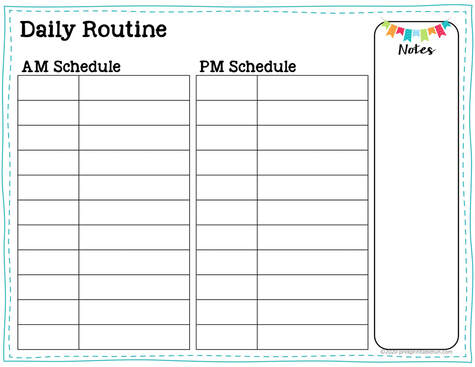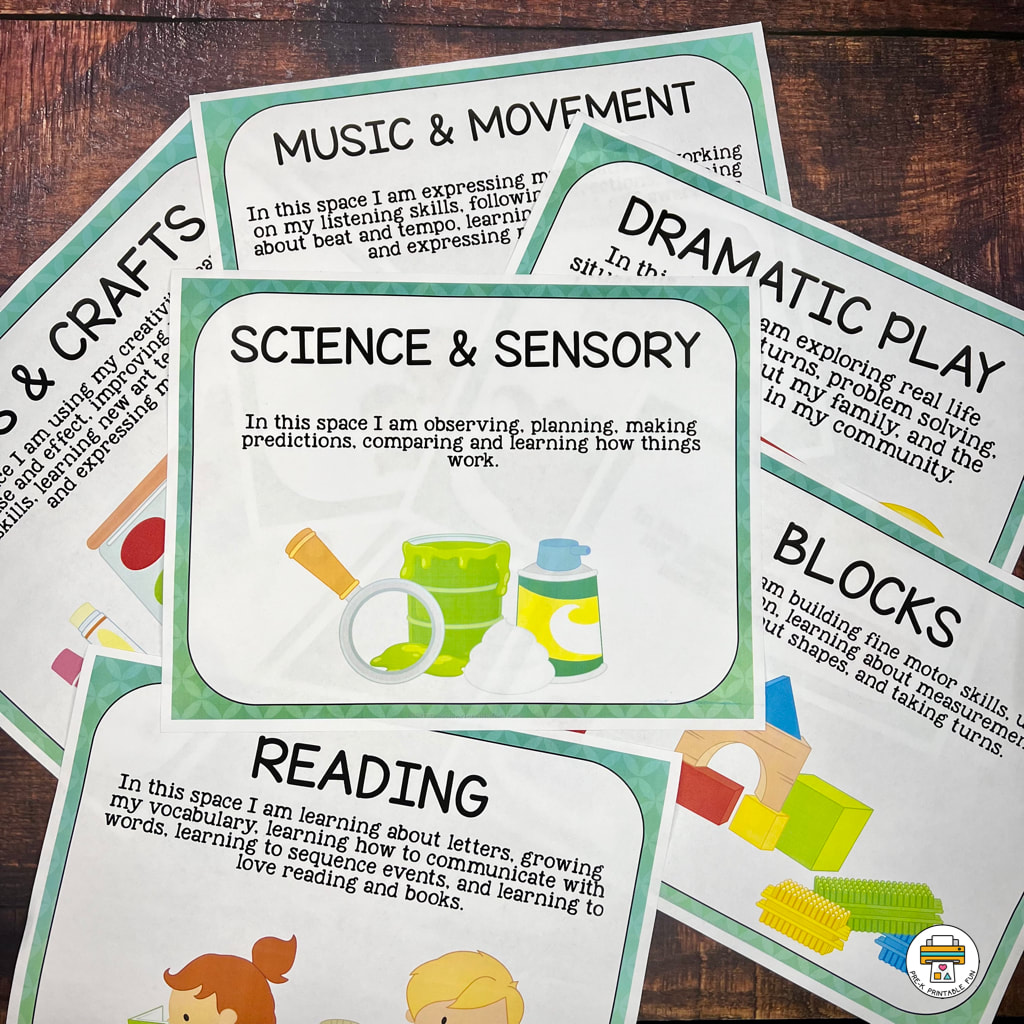Free Printable Preschool Daily RoutineChildren thrive on consistency. Having a daily rhythm or routine, makes children feel empowered. They learn to anticipate what is coming up next in their day, and can handle transitions easier. Click here to download a free copy of my daily routine template, and note taking page! Creating a daily routine is a bit of a trial and error process-so please be patient with the process. 1. You should start by blocking out time for the predictable activities that happen consistently in your program/day. Some examples of predictable activities include: Morning Schedule: arrivals, breakfast, bus drop off Afternoon Schedule: lunch, nap time, bus pick up, Pick-Ups 2. Next you'll want to spend at least a week (where you haven't scheduled any adult facilitated activities) observing your preschoolers natural rhythm. Please don't skip this step! Many people want to start their first day with a rock solid plan, before even knowing the children they care for. You'll be much more successful if you can work your routine around the natural rhythm of your group. Take note of the times they are active (running, jumping, moving), focused (intently playing) and inactive. 3. After you have observed the natural times the children are active, focused, and inactive, you can start to pencil in the flexible activities that can occur during any time of the day. Some examples of flexible activities include: Indoor free play, Outside free play, Group time, and various adult facilitated activities (educator led learning centers, story time, music & movement, art projects, etc). 4. Allow time for a trial period. Starting a new routine can take some time to get used to. Do your best to stick to a new routine for 2-weeks. This means 2 weeks of you as the educator being consistent! During this trial period reflect on what is working and what will need to be changed. At the end of the 2 weeks, review you notes, make adjustments and trial your new routine for another 2 weeks. 5. Make it easier to predict what will be happening next. Once your routine is in place, write it down on a template (see the free one I've provided below). Don't forget about displaying the routine for your class as well. Consider making, or purchasing a visual schedule to make it easier for children to predict what will be happening next. Be sure to give your students advance notice about changes in their daily routine. These simple reminders will make transitions go more smoothly. 6. Expect the unexpected and go with the flow! Life is ever changing. Disturbances in your daily routine (addition or loss of students, holidays, etc.) may require to you pivot, and go through this process again, or make temporary adjustments to your routine. Click on the image to download your free template! |
What can I help you find?
Become a MemberGet Free
|
Learning Centers
Preschool Learning Centers are commonly referred to as Preschool Centers, or Learning Spaces. These are activity areas dedicated to a specific type of of play and exploring a variety of topics and activities. Download our Free set of Center Signs!
|
Site
|
|






 RSS Feed
RSS Feed
